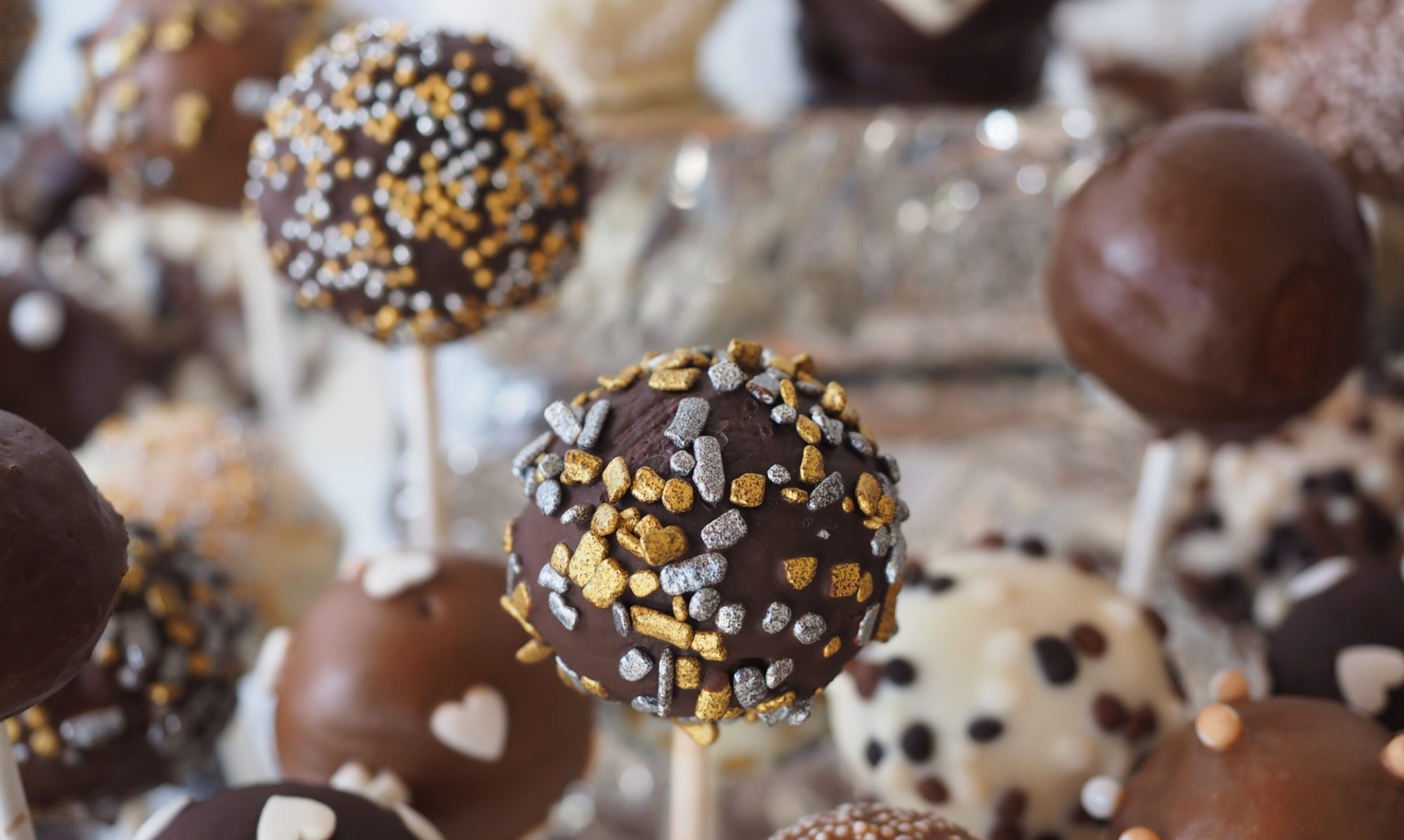
By Out-crowd
NO LESS than 2,400 tons of lychee, a distinctive cash crop of Samut Songkhram province, Thailand’s smallest, are due for harvest and sales at a good price for farmers in the upcoming April.
The lychee farmers of Ampawa and Bang Khonthi districts of Samut Songkhram have been eagerly prepared for the harvesting of an estimated 2,415 tons of the fruit of the Khom genus between late March and early April, according to Ratchanee Nakbut, acting director of the 10th Regional Office of Agricultural Economics based in the neighbouring Ratchaburi province.
That compared to 1,417 tons of last year’s total volume of the Samut Songkhram lychee, the genus of which has been extensively developed by farmers in tropical areas of some other provinces. But fruits of the same genus grown anywhere else may taste differently from those in Samut Songkhram, she said.
This year’s speculated volume of the Khom lychee, so called for the short trunk of the tree, is considered relatively high, compared to several previous years, given last month’s cool period of 15 consecutive days with a temperature below 20 degrees Celsius.
The lychee farmers only wish there were no downpours any of these days which might otherwise cause the bud-bearing sprigs to fall, thus rendering a sharp drop in the harvest volume.
Nonetheless, Ratchanee remarked, the Samut Songkhram lychee may only yield a commercial quantity in every other year, largely depending on weather conditions. The cooler weather the better for the fruit, she concluded.
The lychee farmers of Ampawa and Bang Khonthi districts could virtually turn from rags to riches with the marketing of their distinctively sweet-and-sour-tasting fruit, contained in perforated cardboard packages for delivery to Bangkok and other provinces.
A large volume of Khom lychee might probably be sold out in a few days’ time at markets and roadside stalls in those districts. It is unlikely for the Samut Songkhram lychee to be left for sales beyond the middle of April which marks Songkran festive season.
This year, the fruit might sell for an average of 120 baht a kilogramme, said farmer Sombat Khongluechai of Tambon Kadang-nga in Bang Khonthi district.
But none of the lychee farmers has expected a good harvest of such cash crop year in, year out. The lychee trees might probably yield the fruit in commercial volume only once in every three years, the farmer said.
Very few of the local farmers would entirely rely on their lychee trees and most have opted to grow coconut and pomelo trees in mixed plantations for the sales of their fruits as well.
Most seriously consider lychee as a fruit of fortune in literal sense and would cultivate half a dozen trees in their back yard whereas some would grow dozens, given relatively large parcels of land in the neighborhood of creeks and canals.
Most do it the organic way and would not care much if the trees yielded a meager volume of fruit, far from being commercially quantitative.
According to the locals, the lychee is a symbol of prosperity, either already existing or imminent, which they proudly possess as part of their family’s real estate. It does not matter how many lychee trees they may have since the possession of one simply counts, Sombat put it.
Several years earlier, some of the Khom lychee, grown in Klang Dong area of Pak Chong district of Nakhon Ratchasima province, found its way to makeshift vending stalls along Rama II highway in Ampawa district, prompting the local farmers to lodge a protest against what they called a poor imitation of their indigenous fruit.
Huge banners were seen only metres away from those roadside stalls, calling on passers-by to never pull over to buy the ”imitated” lychee and to instead proceed less than 10 kilometres further to get to a downtown market to buy the ”original” one.
Trouble was most of the customers who may have been anyone including the locals might not be able to tell the ”imitated” lychee from the ”original” one, judging by its round shape, reddish thorn-studded skin, vaguely fresh smell or sweet-and-sour flavor.
CAPTION:
Top: Some Thai lychees on sale at a market. Photo: Doug Beckers (CC BY-SA 2.0)
